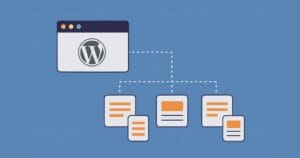Keep up to date on current trends and technologies
WordPress - Performance

Why WordPress Scalability Starts with Smart Site Structure from Day One
Fred Morpeth

Improving Native WordPress Search
Janna Hilferty

A Guide to Caching in WordPress
Shaumik Daityari

10 Steps for Optimizing WordPress Site Performance
Adrian Try

The Complete Guide to WordPress Performance Optimization
Tonino Jankov
Measuring the Effects of Brotli Compression on WordPress
Cody Arsenault

Conditional Tags to Load Styles and Scripts in WordPress
Maria Antonietta Perna

How to Improve the Performance of Your WordPress Theme
Craig Buckler

How to Take Control of Page and Post Revisions in WordPress
Craig Buckler
Getting Started with HHVM and WordPress
Aleksander Koko

Monitoring WordPress Apps with the ELK Stack
Daniel Berman

Enqueuing Scripts and Styles in WordPress
Younes Rafie
WP API – Using the WordPress REST API
Ben Shadle
Mastering Image Optimization in WordPress
Tim Carr
High Availability WordPress with HyperDB
James George
How to Create a YouTube Embed Plugin for WordPress
Narayan Prusty
The Definitive Guide to WordPress Maintenance
Chris Burgess
Enterprise Search with Apache Solr and WordPress
Narayan Prusty
Managed WordPress Hosting: The Pros and Cons
Charles Costa
Showing 19 of 19